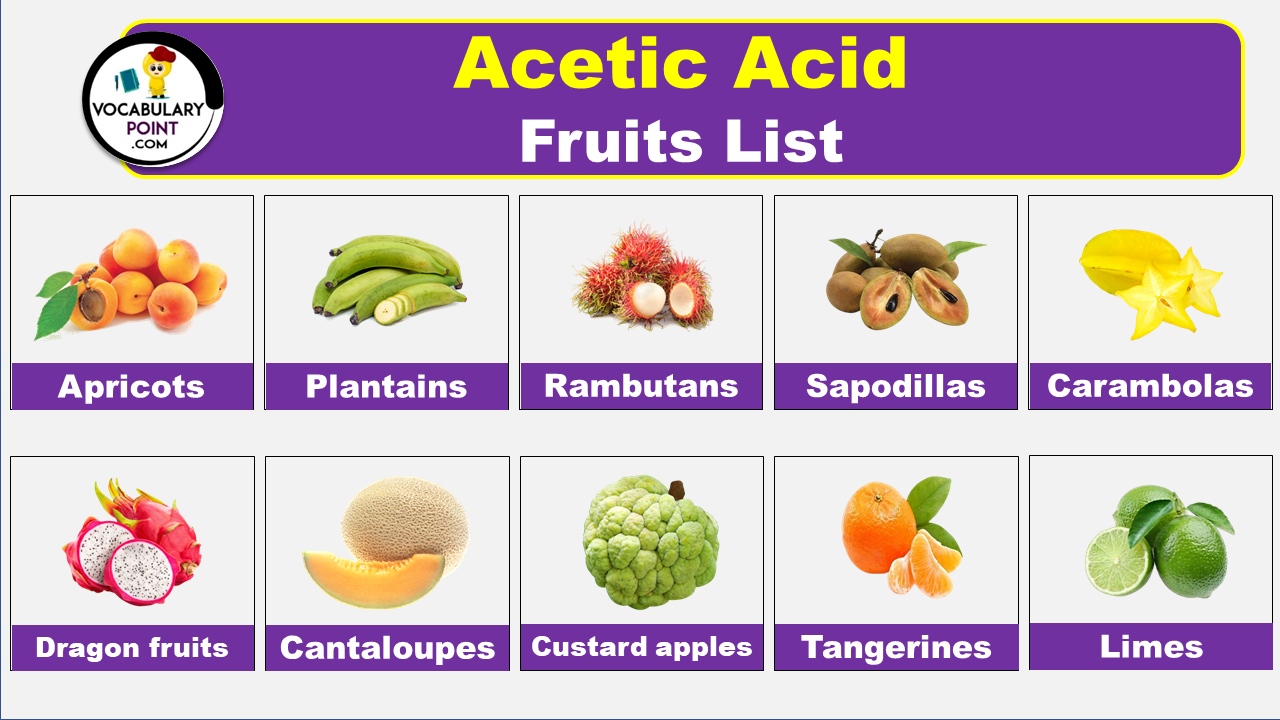Have you ever wondered why certain fruits have a tangy or sour taste? The answer lies in the presence of acetic acid, a compound responsible for that distinctive tartness. Acetic acid not only adds a burst of flavor to our favorite fruits but also provides numerous health benefits. In this article, we will explore an extensive list of fruits that contain acetic acid, delving into their unique properties and how they can enhance your overall well-being.
Acetic Acid Fruits
Apples
A popular fruit with a sweet to tart flavor, available in many varieties. Apples are versatile, used in desserts, snacks, and cooking.
Grapes
Small, juicy fruits often eaten fresh or used to make wine, raisins, and jams. Grapes come in varieties of colors, including green, red, and purple.
Pears
A sweet, bell-shaped fruit with a grainy texture. Pears are enjoyed fresh, canned, or used in cooking and baking.
Peaches
A juicy fruit with a fuzzy skin and sweet, fragrant flesh. Peaches are consumed fresh, canned, or in desserts like pies and cobblers.
Plums
Small, sweet fruits with a smooth skin and juicy flesh. Plums can be eaten fresh or used in jams, desserts, and cooking.
Cherries
Small, round fruits with a sweet or tart flavor. Cherries are enjoyed fresh, in desserts, and as a topping for various dishes.
Apricots
A small, orange fruit with a velvety skin and sweet, slightly tart flesh. Apricots are eaten fresh, dried, or used in cooking.
Oranges
A citrus fruit known for its juicy, sweet segments. Oranges are eaten fresh, juiced, or used in a variety of culinary dishes.
Lemons
A tart, yellow citrus fruit used for its juice, zest, and as a flavoring in cooking and baking.
Limes
A green citrus fruit with a tangy, acidic flavor. Limes are used in cooking, baking, and beverages.
Grapefruits
A large, tart citrus fruit, often eaten fresh or juiced. Grapefruits are known for their bitter-sweet taste.
Tangerines
A type of small, sweet orange with a loose skin. Tangerines are eaten fresh or used in salads, desserts, and juices.
Kiwis
A small fruit with a fuzzy brown skin and bright green flesh, noted for its sweet-tart flavor and vitamin C content.
Pineapples
A tropical fruit with a spiky exterior and sweet, juicy flesh. Pineapples are consumed fresh, canned, or as juice.
Blueberries
Small, blue berries known for their sweet taste and antioxidant properties. Blueberries are eaten fresh, in desserts, or as jams.
Cranberries
A tart, red berry often used in juices, sauces, and dried snacks. Cranberries are well known for their health benefits.
Raspberries
A soft, red berry with a sweet, slightly tart flavor. Raspberries are used fresh, in desserts, and as a garnish.
Blackberries
Dark purple, juicy berries with a sweet and tart flavor. Blackberries are consumed fresh, in desserts, or as jams.
Strawberries
A bright red, juicy fruit with a sweet flavor. Strawberries are eaten fresh, in desserts, or used to make jams and jellies.
Mulberries
Sweet, elongated berries that come in colors of white, red, and black. Mulberries are eaten fresh or used in baking and jams.
Gooseberries
Small, tart berries often used in desserts, jams, and sauces. Gooseberries vary in color from green to red or purple.
Elderberries
Small, dark berries known for their use in syrups and jams. Elderberries are noted for their immune-boosting properties.
Guavas
A tropical fruit with a sweet, aromatic flesh, used fresh, in juices, and desserts. Guavas are rich in vitamins A and C.
Papayas
A tropical fruit with sweet, orange flesh and black seeds. Papayas are eaten fresh or used in salads and smoothies.
Mangoes
A juicy, tropical fruit with sweet, orange flesh. Mangoes are consumed fresh, in desserts, and in spicy chutneys.
Pomegranates
A fruit containing juicy, red arils with a sweet and tart flavor. Pomegranates are eaten fresh or used in cooking and beverages.
Watermelons
A large, sweet fruit with a green rind and red, juicy flesh. Watermelons are a refreshing snack or dessert, especially in summer.
Cantaloupes
A type of melon with orange, sweet flesh and a netted skin. Cantaloupes are eaten fresh or used in salads and desserts.
Honeydews
A sweet melon with pale green flesh. Honeydews are consumed fresh or used in salads and desserts.
Figs
A sweet fruit with a unique, chewy texture and seeds inside. Figs are eaten fresh, dried, or used in baking and jams.
Dates
Sweet, chewy fruits often eaten dried. Dates are used as snacks, in desserts, and to sweeten dishes.
Passion Fruits
A tropical fruit with a tart, aromatic pulp. Passion fruits are used in juices, desserts, and sauces.
Lychees
A tropical fruit with sweet, white flesh and a rough skin. Lychees are eaten fresh or used in desserts and drinks.
Persimmons
A sweet, orange fruit that can be astringent or non-astringent. Persimmons are consumed fresh, dried, or used in cooking.
Star Fruits
Also known as Carambola, Star Fruits are juicy, slightly tart, and eaten fresh or used in cooking and garnishing drinks.
Jackfruits
The largest tree-borne fruit, known for its sweet, aromatic flavor. Jackfruits are used in both sweet and savory dishes.
Dragon Fruits
A tropical fruit with a vibrant pink or white flesh and black seeds, known for its mild, sweet taste.
Barbados Cherries
Also known as Acerola, these are small, tart cherries rich in vitamin C, used in juices and nutritional supplements.
Kumquats
Small, oval citrus fruits eaten whole, including the peel. Kumquats have a sweet-tart flavor, used in marmalades and desserts.
Plantains
A starchy fruit similar to bananas, Plantains are cooked before eating and used in savory dishes in tropical cuisines.
Rambutans
A tropical fruit related to lychee, with a hairy shell and sweet, juicy flesh. Rambutans are eaten fresh or canned.
Ackees
A tropical fruit used in Jamaican cuisine, notably in ackee and saltfish. Ackees must be prepared correctly to be safe to eat.
Breadfruits
A large, starchy fruit, Breadfruits are eaten cooked and used as a staple food in many tropical regions.
Sapodillas
A tropical fruit with a sweet, pear-like flavor. Sapodillas are consumed fresh or used in desserts.
Longans
A fruit similar to lychee, with a sweet, floral flavor. Longans are eaten fresh or used in Asian desserts.
Soursops
A tropical fruit with a creamy texture and a sweet-tart flavor. Soursops are used in juices, smoothies, and desserts.
Carambolas
Also known as Star Fruit, Carambolas have a juicy, tart flavor and are eaten fresh or used in cooking and as garnishes.
Tamarinds
A sour fruit used extensively in cuisines around the world for its unique flavor, in sauces, soups, and snacks.
Prickly Pears
The fruit of the cactus plant, Prickly Pears have a sweet, watermelon-like flavor and are eaten fresh or used in beverages.
Custard Apples
A sweet, tropical fruit with a creamy texture, Custard Apples are eaten fresh or used in desserts and smoothies.
Explore More Fruits Names:
Brazilian Fruits | Malaysian Fruits | Seedless Fruits
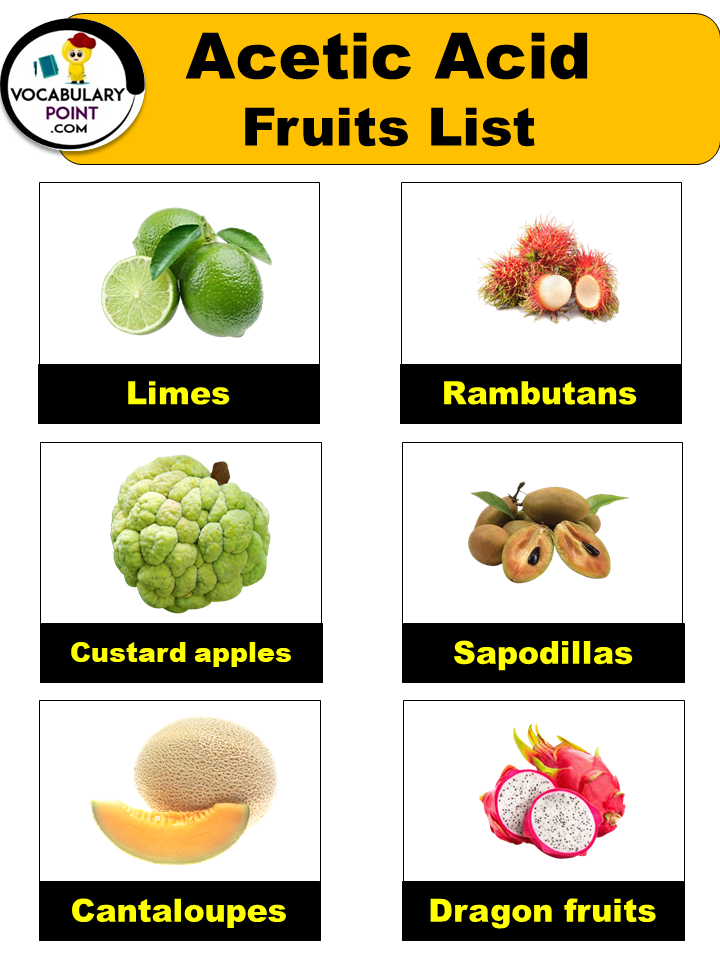
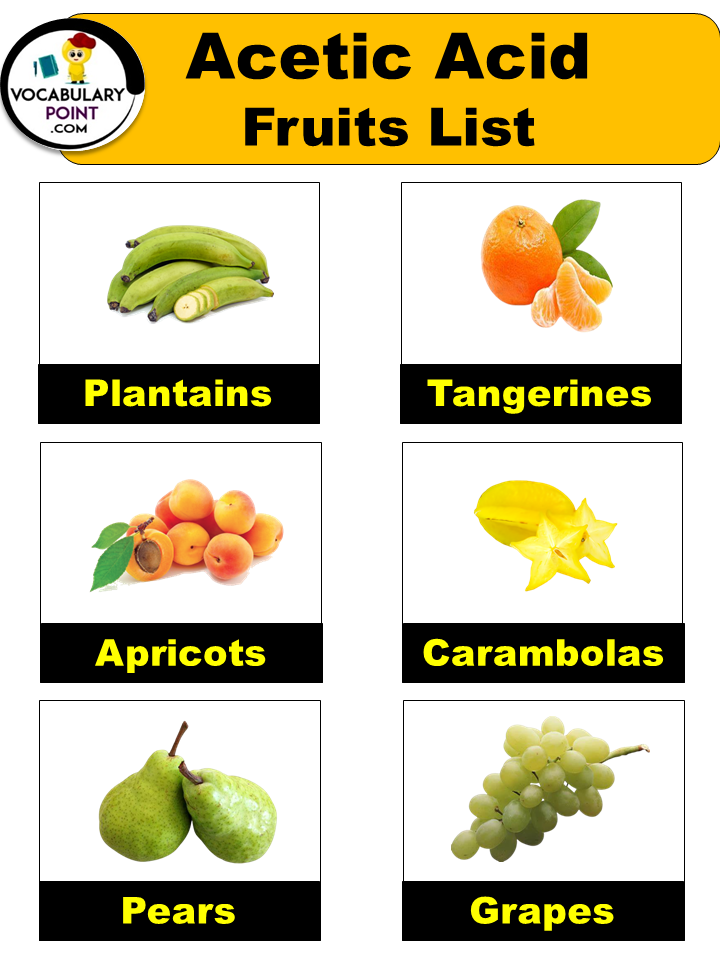
Acetic Acid Fruits List | Images
Limes
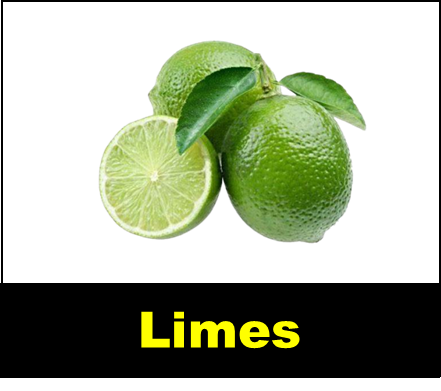
- Vitamin-rich Immunity Boost:
Limes are abundant in vitamin C, a potent antioxidant that bolsters the immune system’s defenses against infections and promotes overall health.
Rambutans
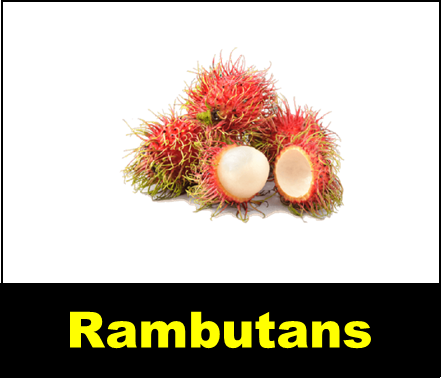
- Vital Nutrient Source:
Rambutans provide essential nutrients such as iron, calcium, and vitamin A, which collectively contribute to improved blood health, bone strength, and optimal vision.
Custard apples
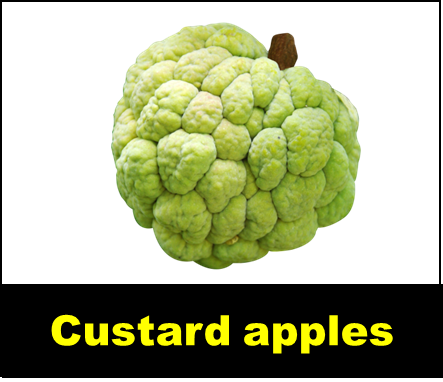
- Heart Health:
Custard apples are rich in potassium, a mineral that helps regulate blood pressure and reduce the risk of cardiovascular issues, promoting a healthy heart.
Sapodillas
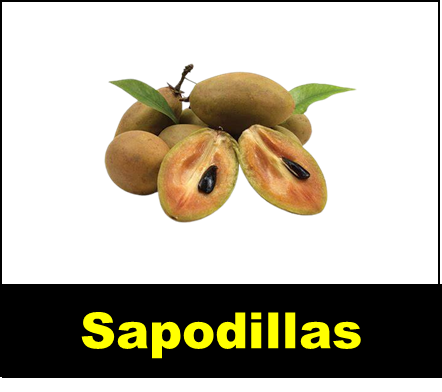
- Vitamin and Mineral Content:
Sapodillas contain essential nutrients like vitamin A, vitamin C, and minerals such as potassium and copper, contributing to improved immune function, skin health, and proper metabolic processes.
Cantaloupes
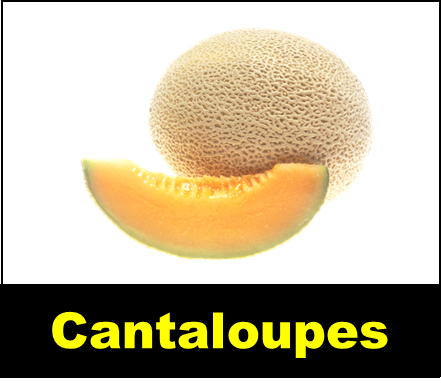
The vitamins A and C present in cantaloupes play a role in skin health, as they promote collagen production, helping to maintain skin’s elasticity and youthful appearance.
Dragon fruits
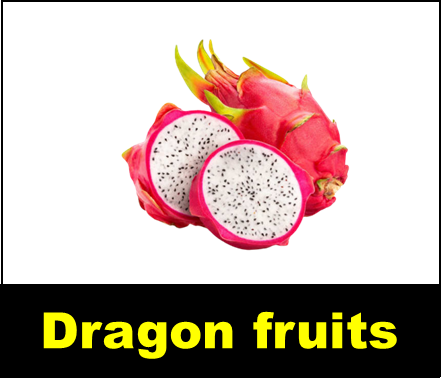
- Blood Sugar Regulation:
Dragon fruits have a relatively low glycemic index and contain fiber, which can help stabilize blood sugar levels, making them a suitable option for individuals looking to manage their blood sugar levels.
Plantains
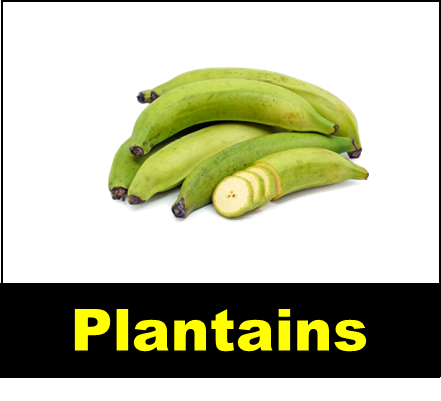
- Energy Boost:
Plantains provide complex carbohydrates that offer sustained energy, making them a great option for fueling physical activities and maintaining energy levels throughout the day.
Tangerines
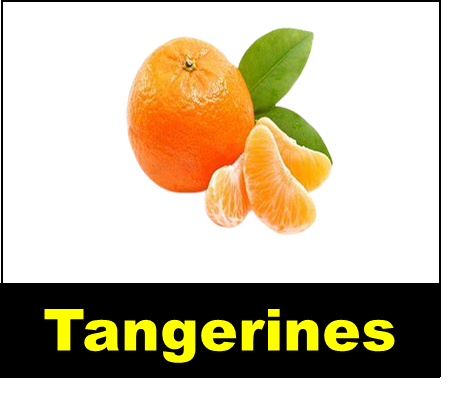
- Immune System Support:
Tangerines are rich in vitamin C, a powerful antioxidant that boosts the immune system’s defenses, helping the body fight off infections and illnesses.
Apricots
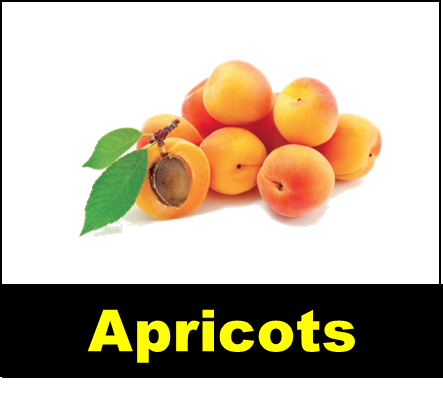
- Eye Health:
Apricots are rich in beta-carotene, a precursor to vitamin A, which promotes good vision and overall eye health.
Carambolas
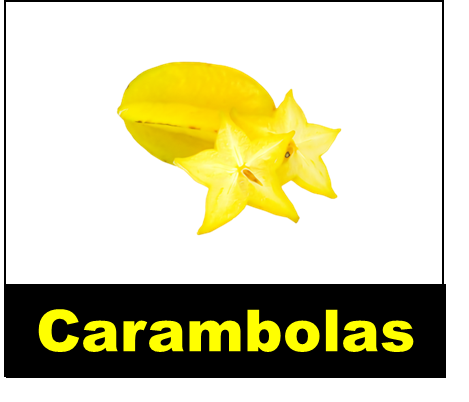
- Vitamin C Source:
Carambolas are rich in vitamin C, a potent antioxidant that supports the immune system, boosts collagen production, and contributes to overall health.
Pears
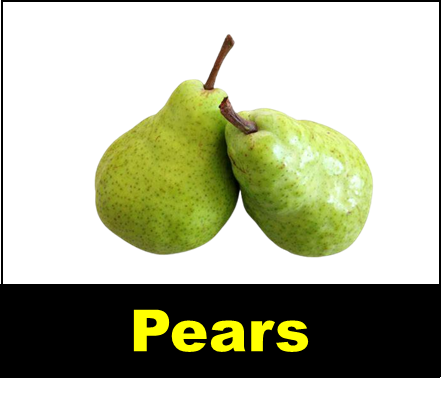
- Dietary Fiber Source:
Pears are high in dietary fiber, which supports digestive health by promoting regular bowel movements and preventing constipation.
Grapes
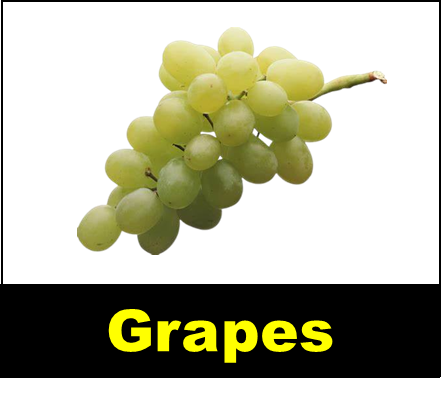
- Antioxidant Richness:
Grapes are packed with antioxidants like resveratrol and flavonoids, which help protect cells from oxidative damage and contribute to overall health.
